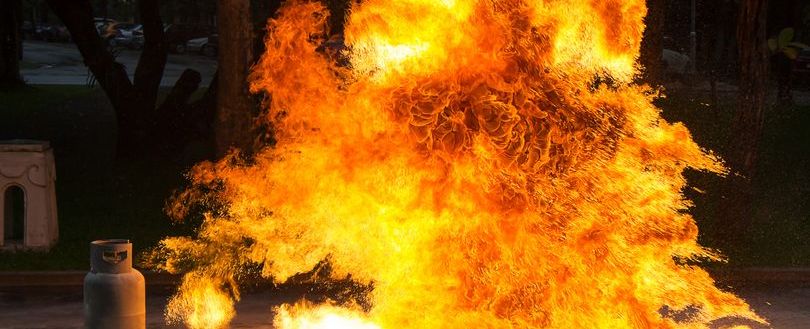
Experts call for “comprehensive review” of UK’s fire safety regulations
Like it? Share it!
13 March 2023
Flame retardants are widely used to slow down or stop the spread of fire. They are used regularly in a range of products – from sofas and textiles to building materials. However, hundreds of studies have reported on the adverse effects of these chemicals, many of which are bio-accumulative and have been linked to wide-ranging health risks including cancer, developmental disorders and DNA damage.
The UK exhibits some of the highest use of flame retardants in the world. Retardants have been found in a range of places including homes, schools, offices and vehicles. They’ve been found in air and dust, in food and drinking water and on indoor surfaces and textiles, where they can be absorbed through contact with the skin.
They are also found in natural environments, including rivers, lakes, oceans and sediments, as well as in fish, mammals and birds.
Such widespread use has, at least in part, been attributed to the flame ignition tests that are a primary focus of current fire safety regulations. Experts have questioned whether these tests are fit for purpose in reducing fire risk and believe the Government’s emphasis on these tests incentivises the addition of large amounts of fire retardants to products.
Experts have voiced the view that there’s also “significant uncertainty” about the extent to which flame retardants contribute to fire safety, and that there’s evidence to suggest flame retardants actually exacerbate smoke and fire toxicity.
Health risks
Dr Paul Whaley from Lancaster University explained: “There are long-standing concerns about the effectiveness of flame retardants and the health risks associated with them, which the UK Government has never adequately reconciled. This situation needs to change. There has to be a proper balancing of the harms and benefits of flame retardants that includes a comprehensive evaluation of the effectiveness of flame retardants as a fire safety measure, with serious attention paid to the unintended harms of UK fire safety policy.”
The evidence-based call to action by a group of 13 experts comes in the form of a research paper entitled ‘A New Consensus on Reconciling Fire Safety with the Environmental and Health Impacts of Chemical Flame Retardants’ published in the journal entitled Environment International.
The authors urge the Government to urgently conduct a thorough review of the need for chemical flame retardants want to see an end to any incentivisation for their use. Instead, the authors call for industry to be incentivised to develop ‘benign-by-design’ furniture and materials that are inherently less flammable. They also call for the development of a labelling system to track fire retardants’ use, allowing them to be identified and disposed of safely.
Also among their recommendations is the need to adopt a systemic approach to fire safety rather than a reductionist approach relying on ignition tests.
To finish reading the full article, visit the SOURCE here.
Our eNews provides regular insight into industry trends, news headlines, and product and service information. For news articles parallel to those mentioned above, sign up for our eNews. Click here to sign up: Subscribe to our enews (fia.uk.com)
Related training
Related news
-
FIA to Consider Industry Response to HSE PFAS Consultation
13 January 2026
-
New FIA Guidance on BS 5839-1 Fire Alarm Categories
23 December 2025
